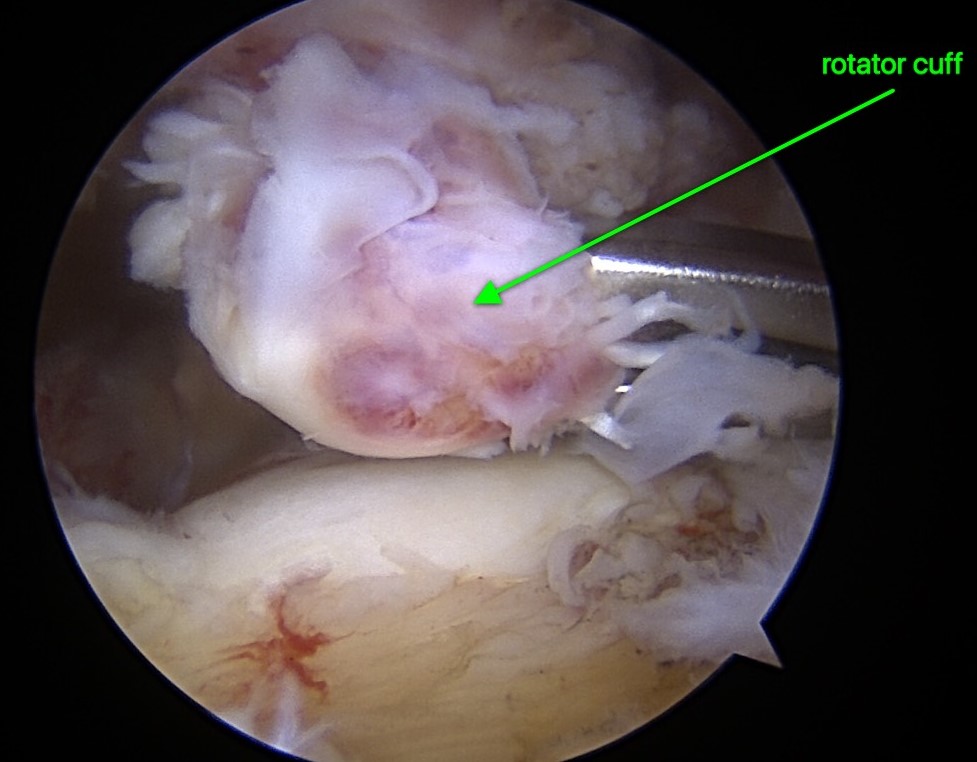

The only precondition for the technique is the presence of an intact LHBT. It presents numerous advantages being a safe, easy, time-saving, and cost-effective method. Conclusion: SCR using the LHBT is a useful treatment option for massive RC tears it is equally effective with the traditional SCR and other established techniques. When compared with other repair techniques for massive RC tears, i.e., the double-row repair, the transosseous-equivalent technique with absorbable patch reinforcement, and the traditional SCR with a fascia lata autograft, there were no significant differences in pain and function improvements. Significant improvements were also noted in functional scores and AHD. The mean pain intensity improved from 4.9 ± 2.3 to 1.6 ± 1.5 in terms of the visual analog scale, exceeding the minimum clinically important difference for adequate pain relief. Results: Nine studies described surgical techniques of SCR using the LHBT, and four clinical studies reported the outcomes of the technique.

Secondary outcomes were functional scores and acromiohumeral distance (AHD) improvements. The primary outcomes were pain intensity improvement and the incidence of RC and LHBT graft retears. Material and Methods: Medline, Scopus, and the Cochrane library were searched for relevant studies up to December 2020. The purpose of this study was to present the surgical techniques and clinical studies utilizing the LHBT for SCR. The long head of the biceps tendon (LHBT) has been recently proposed as an alternative graft for SCR.

Background and Objectives: Superior capsular reconstruction (SCR) with the use of a fascia lata autograft or a dermal allograft is an established treatment in treating irreparable rotator cuff (RC) tears.


 0 kommentar(er)
0 kommentar(er)
